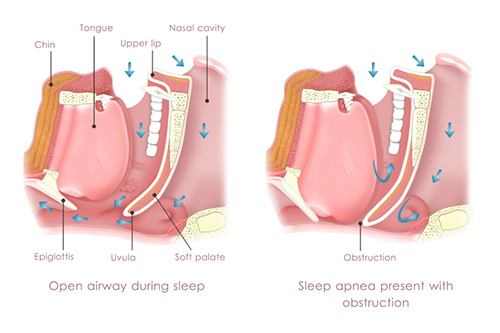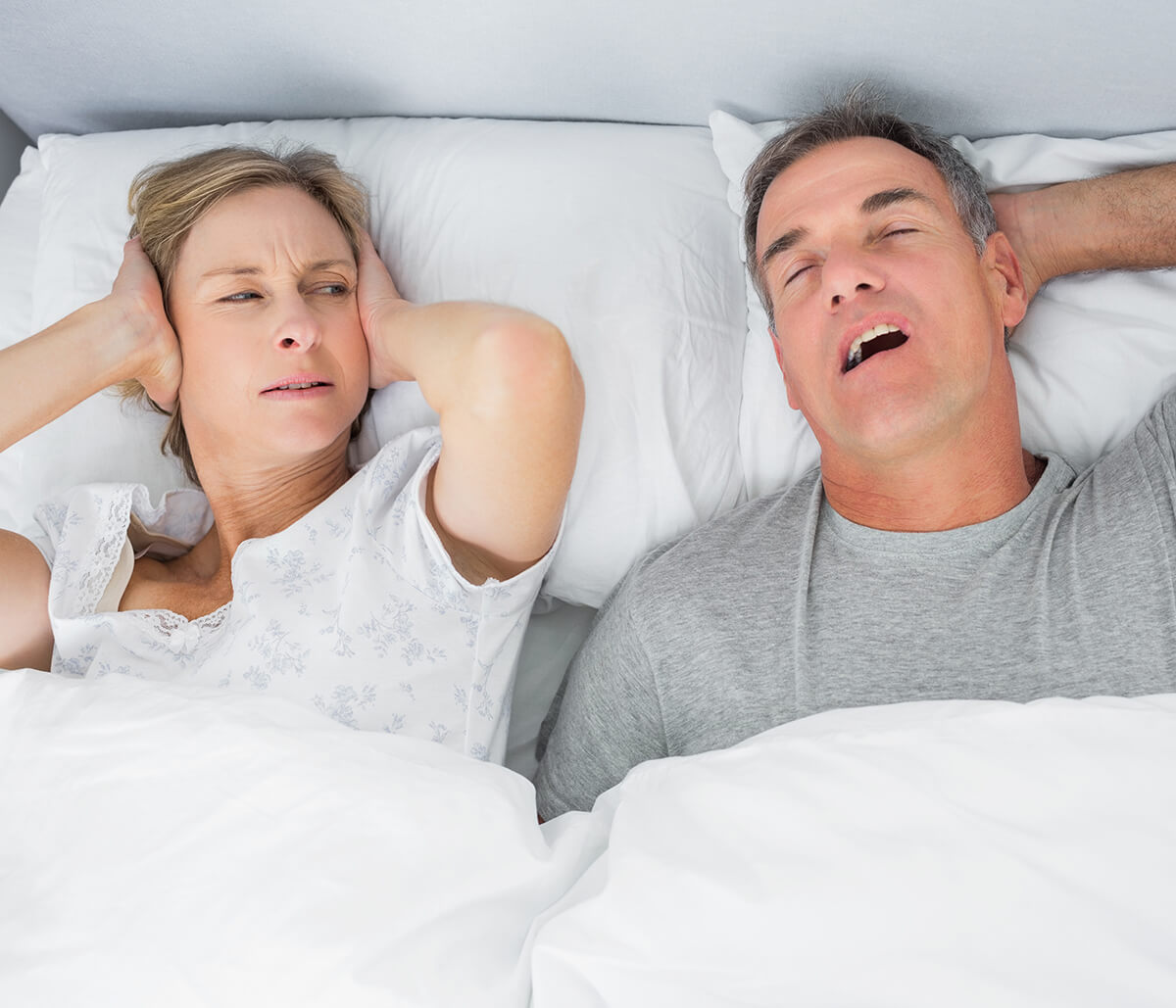Sleep Apnoea
Sleep apnoea describes the condition in which there are momentary pauses in breathing during sleep. Of the three forms of sleep apnoea, obstructive sleep apnoea is the most common. Fortunately, it is also the easiest to treat.
 Obstructive sleep apnoea is rather common, affecting nearly 20 million American adults. Estimates are that as much as 12 percent of children who chronically snore suffer from sleep apnoea, as well. This condition, which has several risk factors such as large tonsils or obesity, is very serious and must be addressed in order for the affected individual to experience optimal quality of life.
Obstructive sleep apnoea is rather common, affecting nearly 20 million American adults. Estimates are that as much as 12 percent of children who chronically snore suffer from sleep apnoea, as well. This condition, which has several risk factors such as large tonsils or obesity, is very serious and must be addressed in order for the affected individual to experience optimal quality of life.
What sleep apnoea looks – or sounds – like
Many people have sleep apnoea without even knowing it. They are aware that they have a snoring problem. In fact, those with sleep apnoea do tend to snore – quite loudly. Sometimes, snoring sounds can be heard in other rooms of the house. In the midst of snoring, however, the snorer will suddenly go silent. In these moments, the muscles around the throat have fully relaxed, collapsing in the airway. During this time, there is no movement of air, no delivery of oxygen to the brain.

The systemic response to this lack of oxygen is to rouse the body with a jolt of adrenaline, increasing heart rate and blood pressure, and prompting breathing to resume. This may sound like choking or gasping, followed by loud snoring. The sleeper will not fully wake up or know what has happened. The effects of this constant battle, however, will be felt during waking hours:
- Extreme sleepiness
- Micro-sleeps, falling asleep while watching television or even at stoplights
- Difficulty retaining new information
- Persistent irritability
- Depression
- Lack of focus
- Chronic headaches
- Sexual dysfunction
These symptoms are very concerning, having the potential to negatively impact a person’s work and social life. The chronic lack of sleep and stress on the body during apnoea episodes, can also have grave effects on health, such as increasing the risk of cardiac arrhythmias, heart attack, heart failure, and stroke. The reduced level of oxygen during apnoea events also affects other organs in the body including the pancreas, thyroid, adrenal glands and liver. So long term there are adverse effects on the function of multiple body organs with serious health consequences.
If you suspect that you or a loved one may suffer from sleep apnoea, a consultation with Dr. Rose at Smile in Style can confirm a diagnosis and also put you on the road to better sleep. Our usual course of treatment involves a referral to a sleep physician for an overnight sleep study. The sleep study can be done either in hospital or at home. Following the sleep study, a consultation is arranged with the physician to discuss the results. If there are issues with sleep apnoea then there is a referral back to the dentist for construction of a mandibular advancement splint for night time wear. This splint works by advancing the mandible which opens up the airway. Today, this condition can be comfortably treated with this customized oral appliance, a wonderful alternative to CPAP medical treatment. Dr. Rose has specific training in the area of sleep apnoea, and has helped many patients achieve better sleep through oral appliance therapy.
To learn how oral appliance therapy can help you, or to discover if your symptoms are due to obstructive sleep apnoea, contact us in Moonee Ponds or Sunbury for a private consultation.







